Jack Hirsh
The R7 Quad Mini is named for one of TaylorMade’s most popular drivers.
Jack Hirsh/GOLF
TaylorMade is continuing a nostalgia theme with its latest mini driver release.
The company’s BRNR Mini and subsequent BRNR Mini copper launched the golf world’s current mini driver obsession to the stratosphere and came on the heels of the Original One Mini and 300 Mini, each paying homage to legendary drivers of TaylorMade’s past.
For the latest entry into mini driver category, TaylorMade is harkening back on what many consider the company’s greatest driver of all time with the R7 Quad Mini.
Here are four things to know about the TaylorMade R7 Quad Mini Driver.
“>
An iconic name
All of TaylorMade’s recent mini drivers have been named after iconic drivers of the past, rather than aligning with their current line, as some of their competitors do.
The R7 Quad Mini brings back the R7 name, which was one of TaylorMade’s most popular lines. Originally released in 2004, the R7 line lasted for four seasons with no fewer than half a dozen iterations over that time period, including the original R7 Quad and later R7 Superquad, which was the 460 cc version and features the same black, red and gold paint scheme as today’s R7 Quad Mini.
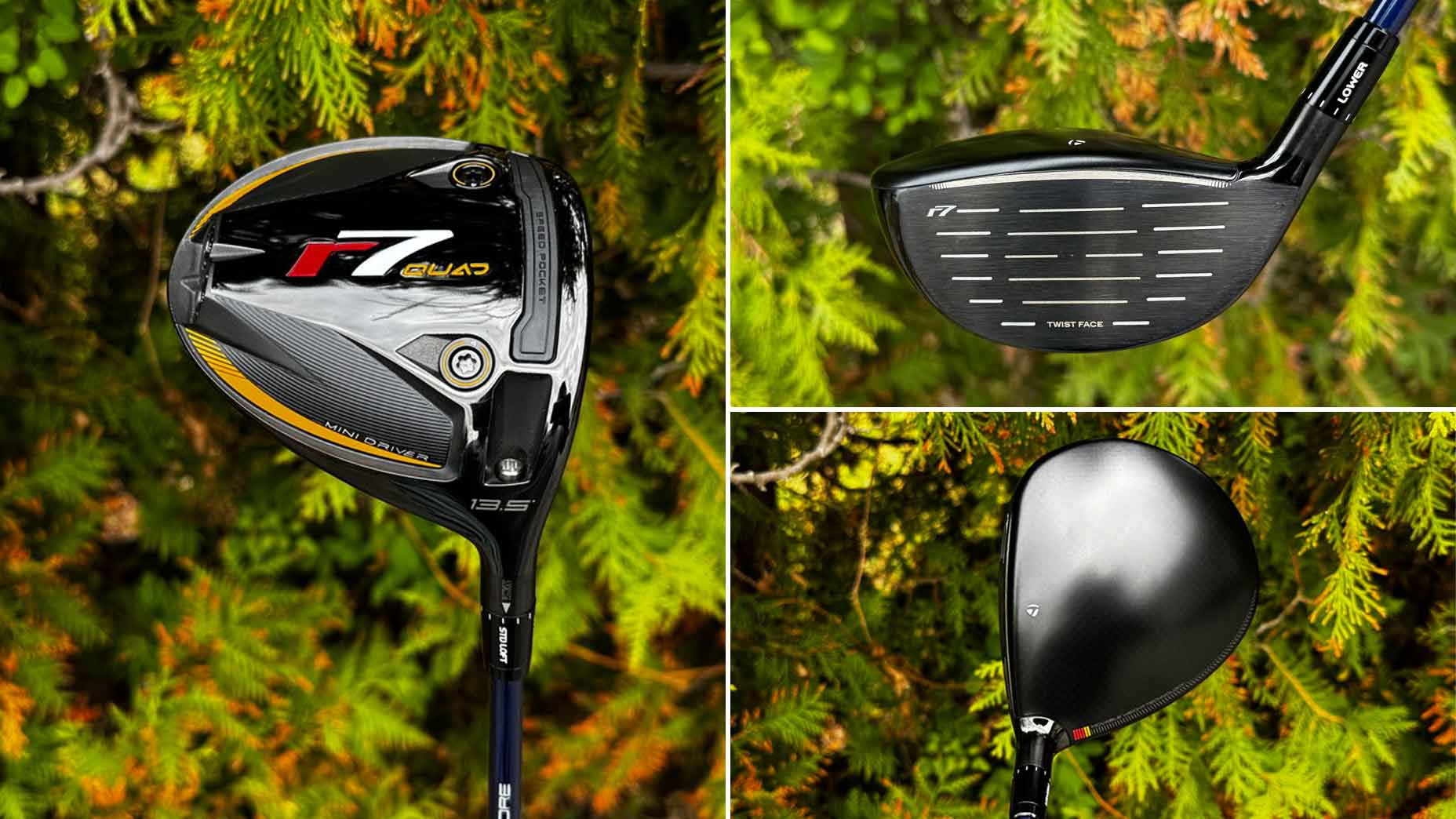
Jack Hirsh/GOLF
“The R7 Quad Mini Driver is one of those projects that got everyone excited from the initial concept, and being able to bring back one of the most iconic clubs in TaylorMade history was a dream come true,” said Chandler Carr, TaylorMade product manager, product creation. “We couldn’t be more excited to continue setting the pace in the Mini Driver category.”
For many who played the driver nearly 20 years ago, the return of the R7 name is sure to evoke a pretty strong emotional connection. Some consider the R7 Superquad to be the best driver TaylorMade has ever released.
The key innovation of the R7 was the four-cartridge Movable Weight Technology (MWT) system, which was one of the first adjustability features in a driver. The original R7 featured 883 possible weight and CG combinations using a supplementary weight kit with eight additional weights.
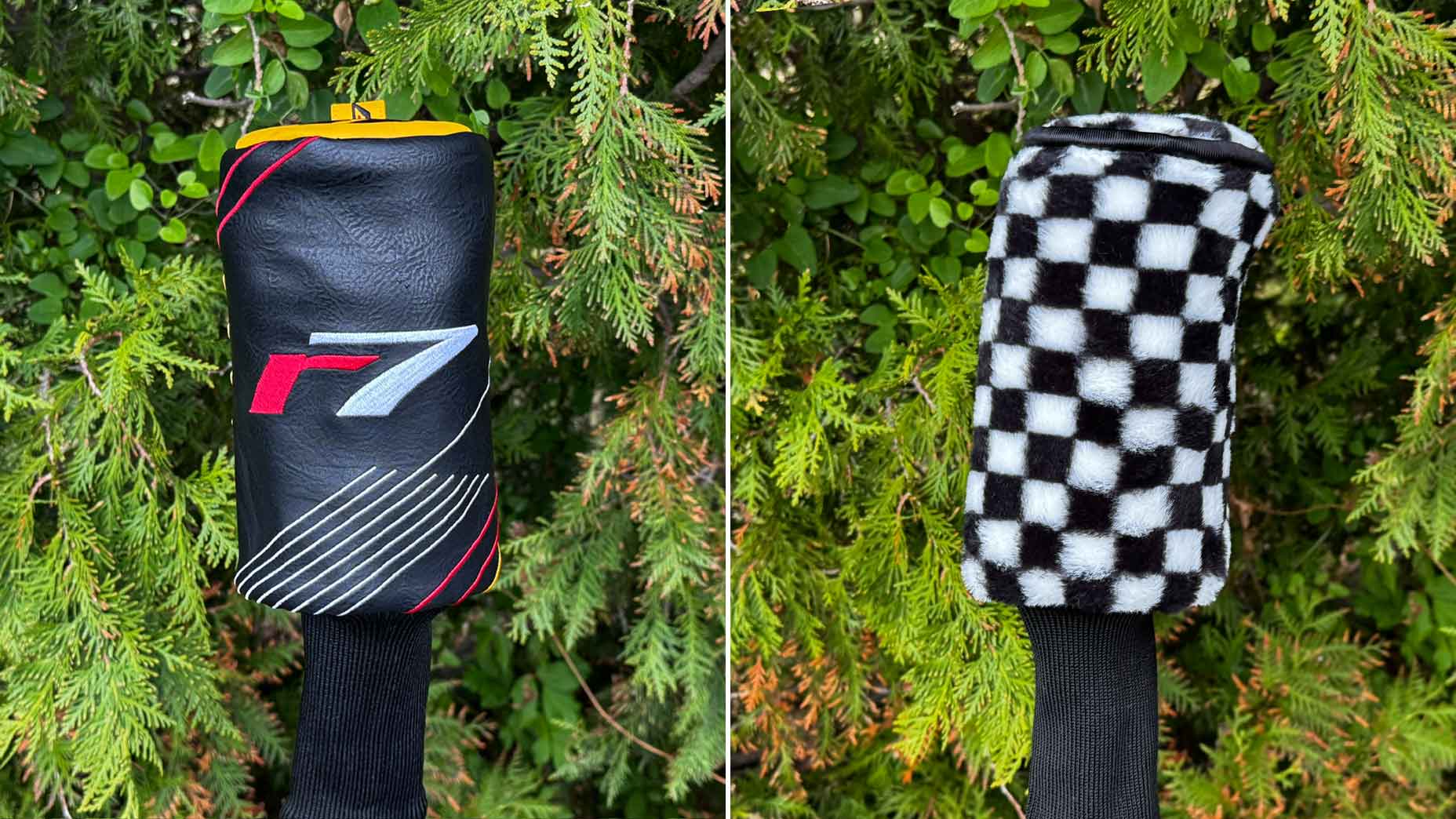
Jack Hirsh/GOLF
To add to the nostalgia, the stock Fujikura Speeder MD (Mini Driver) shaft and headcover feature the same red, white and yellow accents of the R7 line.
What’s old is new
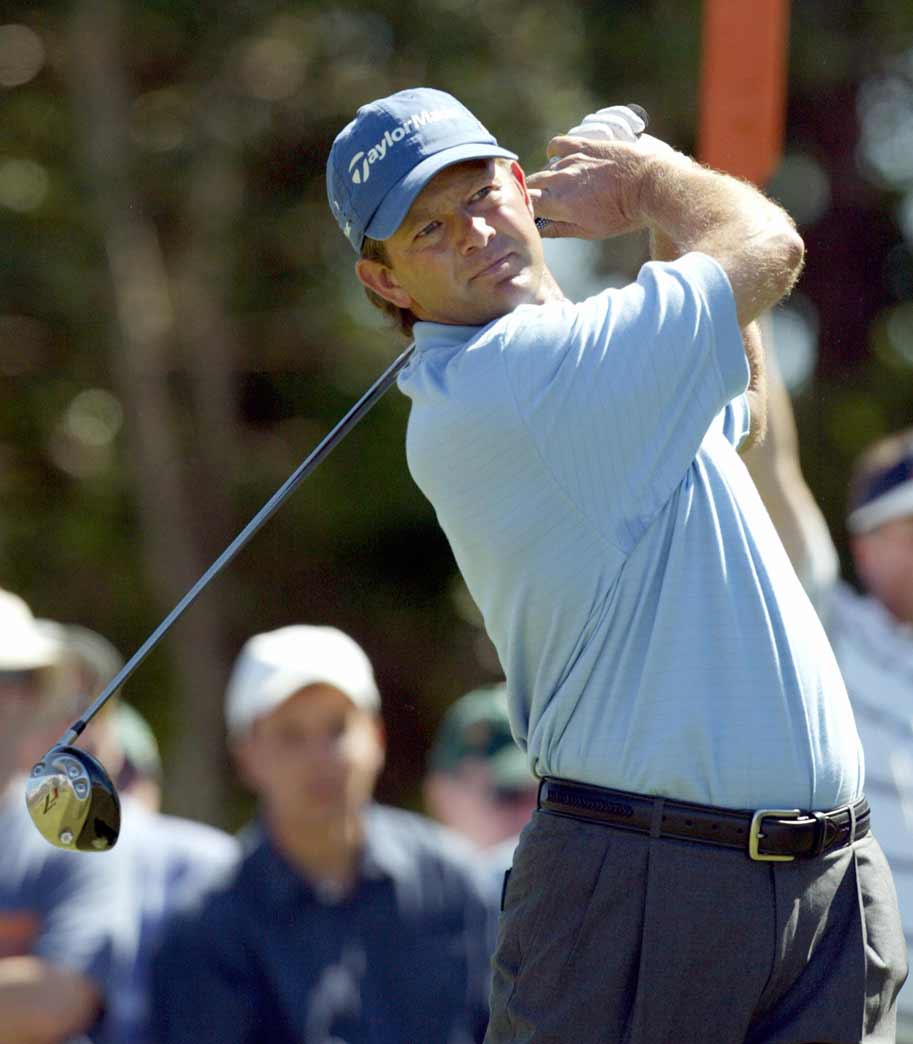
TIMOTHY A. CLARY/AFP via Getty Images
Starting with 2014’s SLDR driver, TaylorMade went away from its cartridge-based MWT in favor of sliding weights, and the industry followed suit.
But with this year’s Qi35 lineup, the company made an about-face and dropped the sliding weights, returning to a cartridge-based weighting system it calls a Trajectory Adjustment System (TAS) on both the Qi35 LS and Qi35 drivers. The reasoning was that designers found you could move more weight farther when you use a cartridge-based “pin-point weighting” than you can with sliding weights.
The Qi35 LS has three weight ports while the Qi35 has two, but the R7 Quad Mini is the first time TaylorMade has used four adjustable weight ports since the R7 SuperQuad in 2007.

Jack Hirsh/GOLF
“The R7 Quad Mini Driver is the perfect canvas for innovation and style,” Carr said. “Featuring four movable TAS (Trajectory Adjustment System) weights, our newest Mini Driver gives golfers the ability to adjust shot shape and maximize performance off the tee and from the deck.”
The stock R7 Quad Mini weight system includes two 13 g weights placed in the rear positions and two 4 g weights in the forward heel and toe positions, allowing for six different weight configurations with more weights available for purchase.
Placing both the heavy weights in the rear increases forgiveness and launch, while placing them forward decreases spin and boosts distance with a forward CG. You can, of course, place both heavy weights on either side together to create an extreme draw or fade bias, but placing the heavy weight in the forward heel or toe will also produce a slight bias toward that side.
Placing one heavy weight in the front, on the side of the face you tend to strike it should be a good place to start. For example, I tend to strike the ball toward the toe, so I want to put heavy weight in the front toe with a light weight in the front heel while having the opposite in the rear weights (the FADE setting in the below chart).
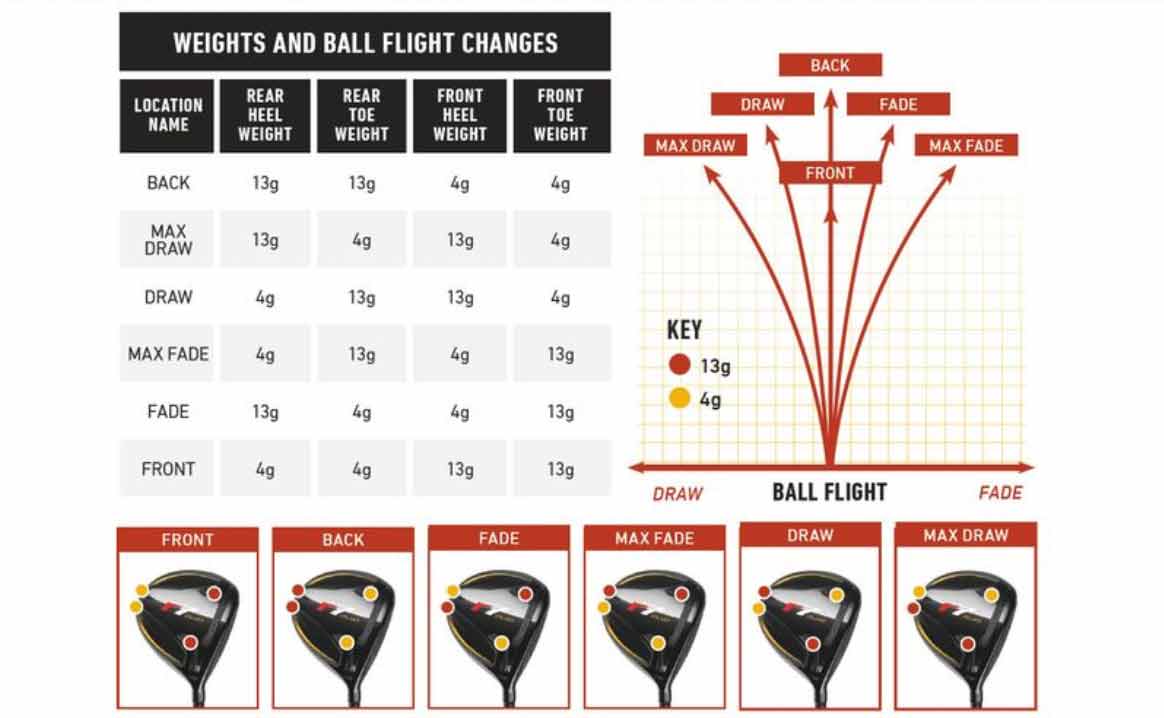
TaylorMade
A best of both worlds option
While Callaway and Titleist have both staked their claims on opposite sides of the mini driver size spectrum (Callaway is the biggest while Titleist is the smallest), TaylorMade has continued to take up a position in the middle.
At 305 cc, the R7 Quad Mini is basically the same head size as the previous BRNR Mini and BRNR Mini Copper mini drivers from TaylorMade while being 25 cc larger than the Titleist GT280 and 35 cc smaller than the Callaway Elyte Mini.
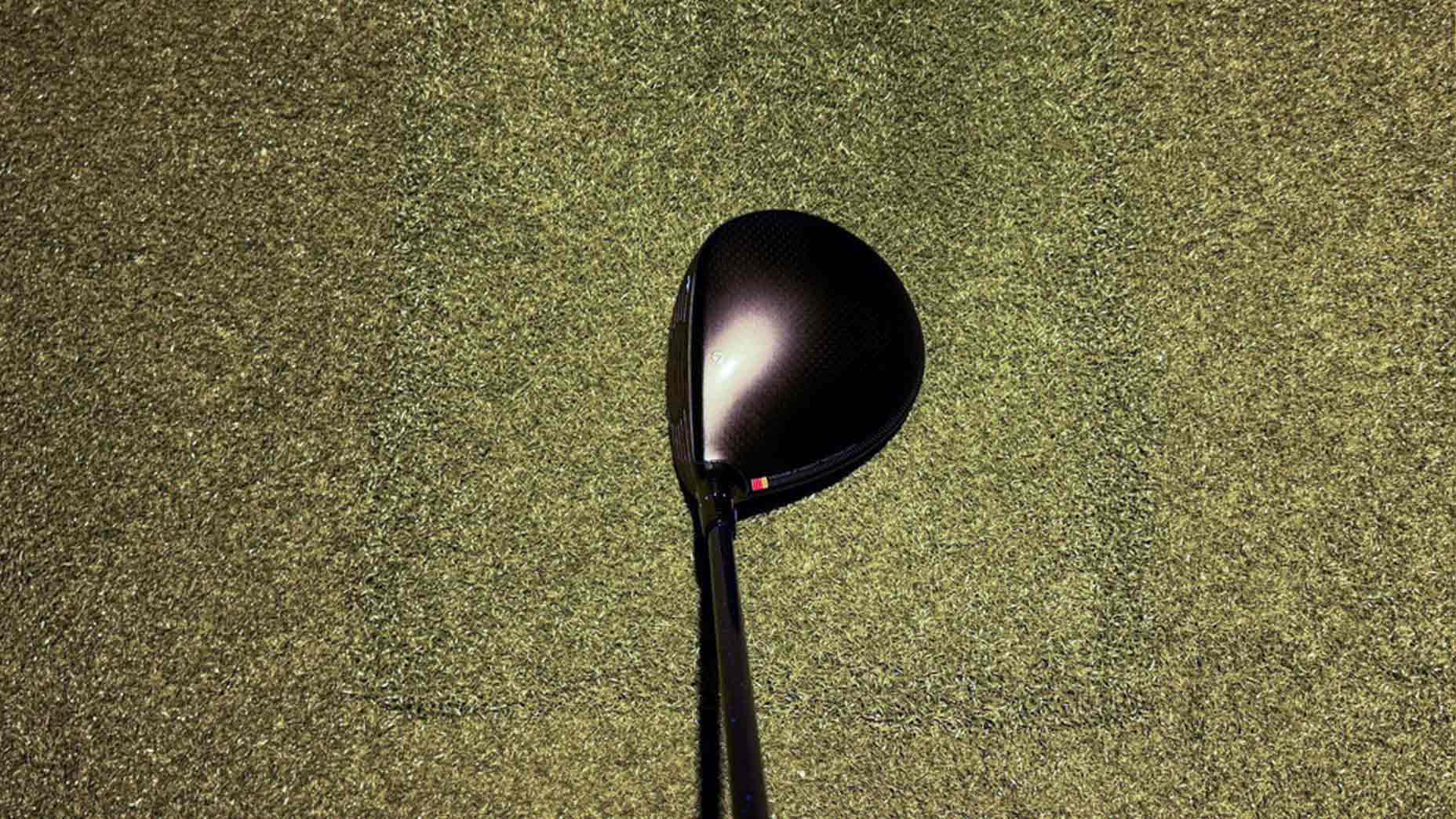
Jack Hirsh/GOLF
What does this mean? Basically TaylorMade is trying to find that middle ground between a mini driver being a purely off-the-tee second driver option or a 2-wood.
In the True Spec Golf testing video above and in my own testing, the R7 Quad seems to be a pretty workable option even from just the stock weight setup. It spins enough to be playable off the deck while also remaining big enough to inspire some confidence off the tee.
Old-time name, new-age tech
While the R7 Quad Mini Driver looks like a driver of TaylorMade’s past, it has all the tech of TaylorMade’s present.
The R7 is the first TaylorMade mini driver to adopt the company’s Infinity Carbon Crown that debuted on last year’s Qi10 woods lineup. Not only does this help to create a clean appearance at address, but it also allows engineers to redistribute the saved weight elsewhere, including the MWT system.

Jack Hirsh
Golf.com Editor
Jack Hirsh is the Associate Equipment Editor at GOLF. A Pennsylvania native, Jack is a 2020 graduate of Penn State University, earning degrees in broadcast journalism and political science. He was captain of his high school golf team and recently returned to the program to serve as head coach. Jack also still *tries* to remain competitive in local amateurs. Before joining GOLF, Jack spent two years working at a TV station in Bend, Oregon, primarily as a Multimedia Journalist/reporter, but also producing, anchoring and even presenting the weather. He can be reached at jack.hirsh@golf.com.

